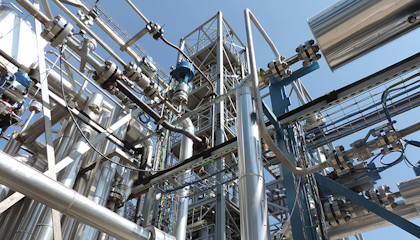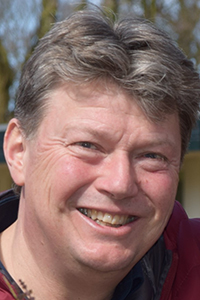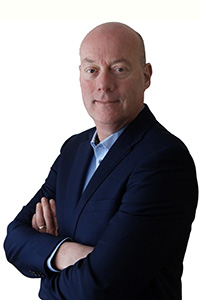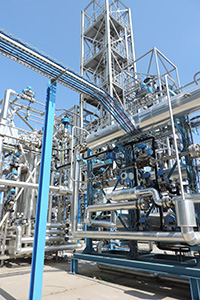A supercritical moment

Supercritical water gasification has the potential to help countries make a seamless switch to renewable energy – but it requires materials that can withstand high temperatures and pressure.
Countries across the globe are seeking new ways to access cleaner energy. For those that currently rely on natural gas – such as the Netherlands where it accounts for 40 percent of the country’s energy consumption – simply switching to renewable gas has many benefits. Like natural gas, it can be efficiently stored on a large scale, it can be transported over long distances and it can be used in existing gas infrastructure. The only problem is not enough renewable gas can be produced to meet the Netherland’s, let alone the world’s, needs.
 Gerard Essing
Gerard Essing
This is something that Sandvik customer SCW Systems aims to change. “We develop novel technologies to convert organic waste streams into carbon neutral, or even carbon negative, energy carriers,” explains Gerard Essing, General Manager SCW Systems. “The technology uses the fourth natural phase of water — the supercritical water phase — to split molecules to an almost atomic level. This largely untapped phase occurs when temperatures reach 375°C and pressure is higher than 221 bar.”
Completely renewable process
When water is in the supercritical phase, organic substances such as sewage, become extremely soluble. The water becomes a solvent for organic components and a catalyst for rapid and almost complete conversion of the energy stored in organic components into gas. From this, gas components such as hydrogen can be stored and used in the same infrastructure as existing gas supplies. As the process uses waste to create hydrogen, it is completely renewable.
Most steels wouldn’t make the cut
Together with Gasunie New Energy, SCW Systems has successfully developed Dyon Hermsen a demonstration facility for the gasification of supercritical water and the production of the world's first industrial supercritical water gasifier has begun.
Dyon Hermsen a demonstration facility for the gasification of supercritical water and the production of the world's first industrial supercritical water gasifier has begun.
To make its gasifiers, SCW Systems needed advanced materials that could withstand high temperatures and pressure. “During the development phase, the parameters needed to be changed to a level where most materials wouldn´t be able to withstand the conditions. Most steels wouldn’t make the cut,” says Dyon Hermsen, Sales Manager at Sandvik.
Collaborative development
After several years of collaborative development and testing, the solution was Sanicro®, Sandvik grades of nickel alloys and high-alloy austenitic stainless steels. The Sanicro material used in this specific solution is characterized by its high structural stability, creep strength, and oxidation resistance and has been specifically developed for use at material temperatures up to 700°C.

As Sandvik continues to work with SCW Systems to support the industrial production of its gasifiers, the future for supercritical water gasification looks promising. Recently, the Dutch government set itself the ambition of producing 2 billion square meters of renewable gas by 2030, 60 percent of which to be produced by supercritical water technology. If successful, many other countries that also have an extensive gas infrastructure could well follow suit too.